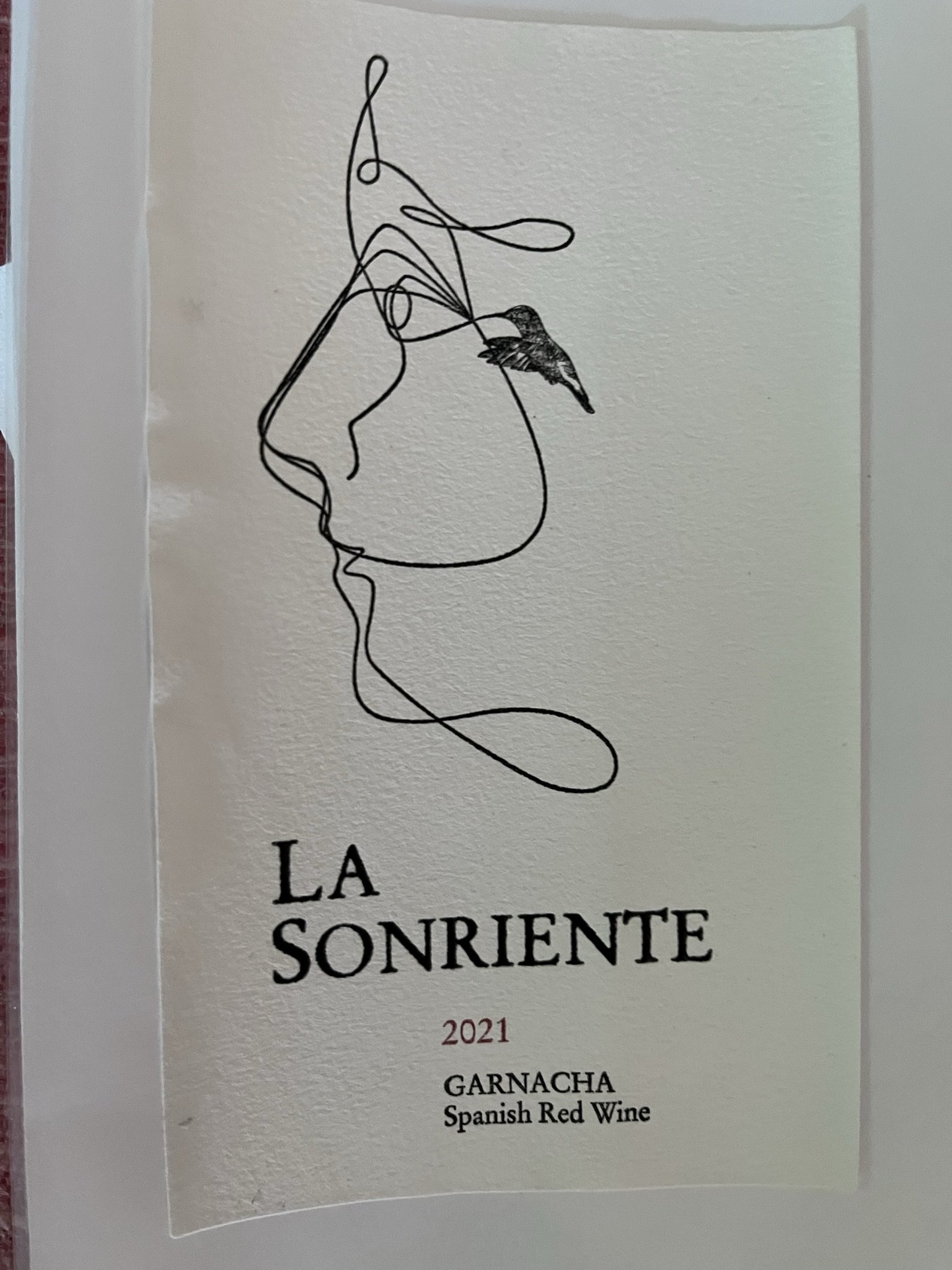The only one of its kind May New Year’s Resolution for fun with Spanish wine
Again with the Resolutions!
Wait what? A do-over?
The word fun in a Resolution?
Let’s talk about this!
It is the merry month of May (hopefully it is merry wherever you are no matter the season) and we have a new opportunity to make a new New Year’s Resolution! If you have been following this totally fantastic concept of having a New Year’s resolution every month you would know it is a total win-win.
If you want to see what you’ve been missing, here are the links for the past monthly resolutions. Click here for January, here for February, here for March and here for April. Do them in any order. Feel virtuous that you have completed a New Year’s Resolution. Woo! (If you read January’s post, you will find out about my big fail with the year I resolved to eat more lemongrass. The wine resolutions are much much more fun by the way.)
Most people don’t immediately think of Spanish wine, but they should. Wait. That sounds so pushy. I should word it that “You probably want to. “ No sense in making this resolution an obligation.
Spain has some of the most delicious and affordable wines anywhere. I am talking about reds, whites, rosé and sparkling. Just like Italy and France they have hundreds of grape varieties. Of course, you can go really high end expensive, but why would you when you don’t have to?
Wine should add to the joy and fun in your life. So while thinking about Spanish wine, picture yourself on a beach in Marbella eating shrimp by the water. Not your style? Head to Madrid for tapas with all of the various options. Paella in Valencia is another great choice. This is your resolution.
Paella, anyone?
Choose your adventure
Is tapas more your style?
Small plates, bread and wine is always a fun adventure.
So we can keep this fun and not go down a rabbit hole, I will not be discussing all the wine regions (there are 138) and all the grape varieties (there are over 600.)
Full disclosure: I will also not be talking about Sherry, because that is a rabbit hole unto itself. I won’t even say that I will write a future post on the topic, because that would not be true.
What you probably want to know about:
Let’s first talk about the red wines (tinto, in Spanish):
In Spain, the well known grape varieties are tempranillo, garnacha (Also Known As grenache when not in Spain), and monastrell (AKA mourvèdre). Syrah has also become popular there as well. You may remember grenache and mourvèdre from when we discussed red blends in places other than Bordeaux. If you want a refresher or never knew and want to know, click here.
Wait. Time out for what you may need to know:
Spain is considered Old World in the wine world. I went over this in a few other posts. So you don’t have to refer back, I’ll repeat it here. If you know already, jump on down.
With wine, what is meant by OLD WORLD and NEW WORLD?
Many people refer just to Europe for Old World. More broadly it includes North Africa and the Middle East, but that is too much to unpack for our purposes. NEW WORLD is basically everywhere else. More specifically that is the United States, South America, Australia, New Zealand, and South Africa (South Africa actually has some wineries as old as those in Europe, but I didn’t make these rules). Some times Canada is included.
This is probably a good time to talk about wine labels and rules in the Old World. They take this very seriously. They have been doing this for centuries. They have rules and regulations out the wazoo. They also will have some sort of Geographical Indicator (GI.)
Each old world country has labeling rules for different types of GIs. Books have been written about this. I’m going for really general here.
Now back to Spain and some of their rules.
Spain has 2 levels of wine designations. The higher level, in only Rioja and one other region, is DOCa. The other designation you will see is DOC. Spain is also known for aging their wines. Even the least expensive wines may be aged.
So that you will recognize them on the label, here they are:
Joven wines are aged the shortest and don’t even meet the minimum required time. If you see no designation on the label, it is probably joven. To avoid restrictions, some winemakers actually choose to go with a lower classification.
Crianza comes next. For red wines, at least 2 years of aging, with at least 1 year in oak. For white wines, it is at least 6 months in oak.
Then you get to Reserva. For red wines, it is 3 years of aging with at least one year in oak. White wines require a minimum of 1 year of aging, with at least 6 months in oak.
Gran Reserva wines are only produced in the best vintages and less than 9% of wine each year is this high level.
Back to the grapes:
Tempranillo is Spain’s most well know grape. It is most known in the region of Rioja, but can be found in other areas as well. It is big and bold and often high in alcohol. Be careful.
An example of a Tempranillo Crianza.
Crianza red wines are aged at least 2 years.
This is 100% Tempranillo and delicious.
It is also over 14% alcohol. Drink wisely.
Garnacha wines are actually my favorites. These wines are often more fruit forward than tempranillo. That does not mean sweet, by the way. More expensive Garnacha wines can be found in the Priorat area should you want to go higher end.
One of my favorite garnacha wines.
This one is from Trader Joe’s and is an incredibly good value!
On to the white wines (blanco, in Spanish).
The grapes you probably want to know are albariño and verdejo and maybe viura. If you aren’t familiar with any of them, now is the time to learn a little. No downside. The white wines of Spain are refreshing and easy to drink.
Albariño is from Rías Baixis. If you want to know how to pronounce the grape and place correctly check out this pronunciation guide from Wine & Spirit Education Trust(WSET). Albariño is a favorite of mine. It would go great with that shrimp by the sea in Marbella, although I often have it when I go out for Chinese food and I want an interesting white wine instead of dry Riesling.
Verdejo reminds some people of Sauvignon Blanc. I just think it is a fun drinkable wine.
Sometimes Verdejo is in a blend with viura.
Another great choice from Trader Joe’s. The Lagranja360 brand also tempranillo, cava, and garnacha wines at really low price points. Try them all on your Spanish adventure.
Let’s celebrate with Cava!
Cava is Spain’s answer to Champagne but with different grapes. I am a big fan of Cava, and have mentioned it a lot in previous posts. If you want, check out the post here where I suggest Cava as the best sparkling wine for a mimosa.
Cava is made from Spanish grape varieties that you probably have not heard of other than viura which I mentioned above. It is an easy drinking, fun sparkling wine that also comes in rosé (rosado, in Spanish) if you are lucky enough to find it.
Freixent is one of the largest producers of Cava in Spain.
This is a good choice for a really reliable Cava.
Spanish wines are a lot of fun and you have fantastic choices under $20. Prices are even less than that at Trader Joe’s. If by chance you don’t enjoy the wine you buy, make it into Sangria! Even more joy!
Regardless, have fun with the resolution!
Happy New Year!
(No need to be rigid about when your wine year starts!)








